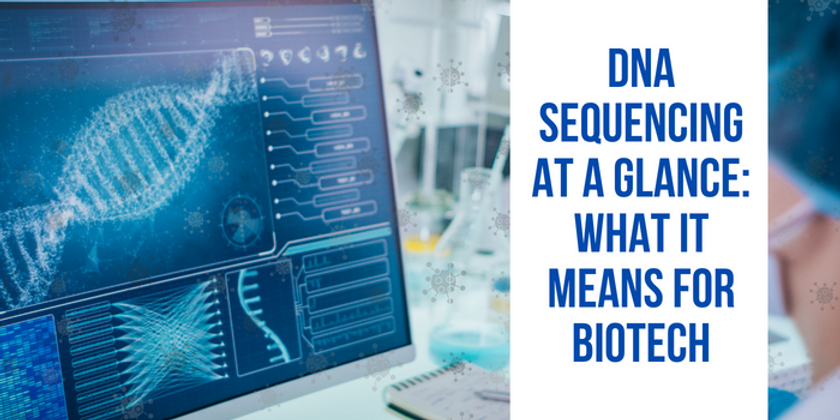DNA Sequencing At a Glance: What It Means For Biotech
Oct 3rd 2022
It's nearly impossible to imagine modern biotechnology without DNA sequencing. Nearly all biology is centered on instructions contained in DNA. Biotechnology is a discipline that harnesses cellular and biomolecular processes to develop technologies that can improve people's lives. It comprises processes like protein purification service, polyclonal antibody vs. monoclonal, and peptide synthesis services. This article discusses DNA sequencing and its application in biotechnology.
What Is DNA Sequencing?
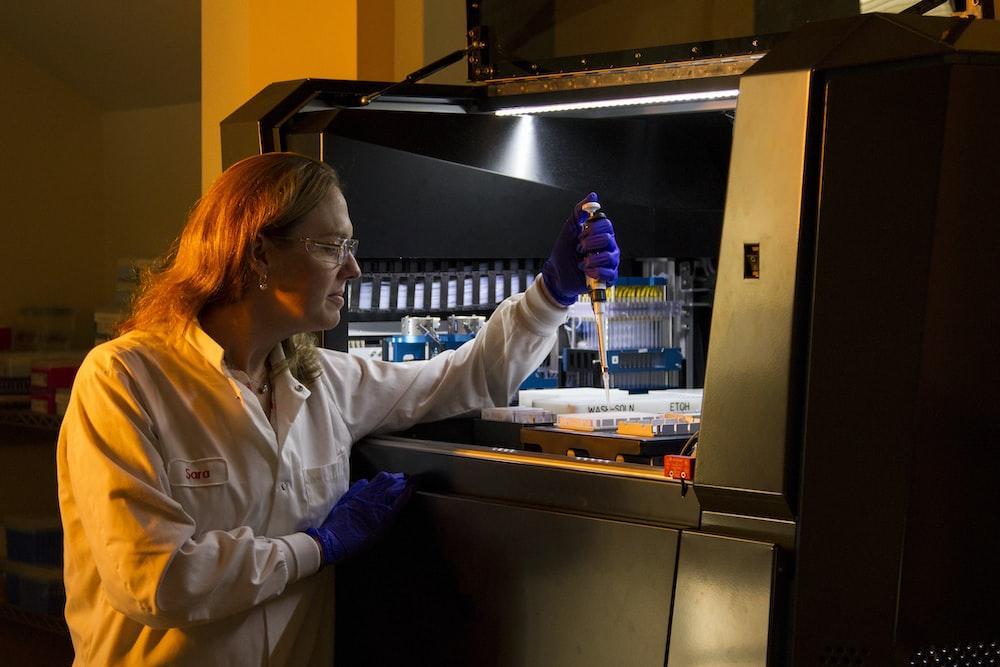
DNA sequencing is the mechanism of determining the sequence of nucleic acids within a DNA molecule. Every DNA consists of a unique sequence of nucleotides. DNA has a double helix structure comprising four chemical bases that don't always exist in the same pairs. The four pairs form the basis of DNA molecules and lie at the core of DNA sequencing methods. They can influence custom antibody production that develops from a unique set of genes and allow for gene synthesis.
Since DNA comprises four building blocks, DNA sequencing determines the order of these blocks in a DNA strand. By sequencing the DNA stretch, it is possible to know the order in which the four nucleotide bases occur within the nucleic acid molecule. Determining the DNA sequence helps compare DNA between organisms and show how they are related. This information helps understand the type of genetic information within a DNA molecule. It can help detect genetic changes that are associated with certain health conditions.
DNA sequencing is the foundation for all modern biotechnology. It has revolutionized the biological sciences, allowing researchers and labs to perform various applications and study biological systems. In the past, DNA sequencing used to take a long time to complete. Now, you can do the process in a few hours.
The importance of DNA sequencing follows a theory that the amino acid sequence of proteins influences the sequence of nucleotides in DNA molecules. The recombinant DNA development revolutionized antibody production and the production of highly pure proteins.
DNA sequencing developed more slowly than protein sequencing because scientists discovered the DNA structure after determining protein structures. Researchers use a suitable protein purification method in custom protein production to produce reliable results with fewer negatives and to develop a more standardized protein expression service. The scale of the protein purification service depends on the amount of target protein required and the sample volume and proportion of contaminants to handle.
DNA Sequencing Methods
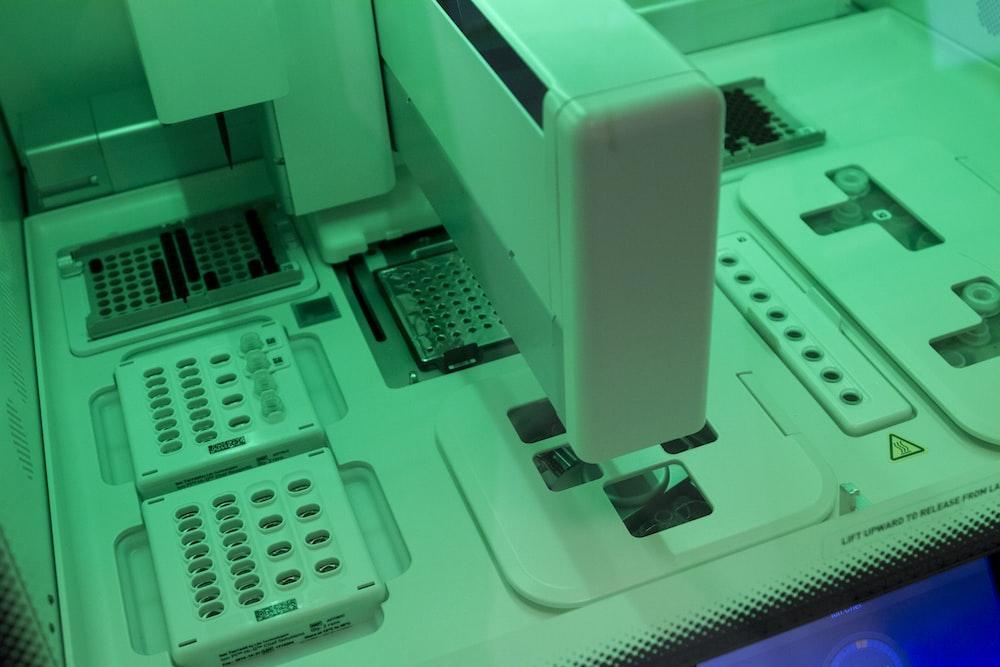
DNA sequencing uses a technique known as electrophoresis that separates DNA pieces that differ in length by one base. There are two types of DNA sequencing: Sanger and high-throughput.
1. Sanger Sequencing
This classical chain termination method relies on a primer binding to a denatured DNA molecule. This is a more traditional approach to sequencing long DNA strands with over 100 base pairs. It entails a rapidly expanding firing pattern to read the DNA in short fragments, which are then overlapped with a computed analysis system.
The method initiates the synthesis of a single-stranded polynucleotide in the presence of a DNA polymerase enzyme using a denatured DNA template. Using a sequencing machine, you can perform the Sanger sequence manually or in an automated fashion. It is the best method for determining a nucleotide sequence.
2. High throughput sequencing
While the Sanger sequencing continues to help determine sequences of long DNA stretches, it is expensive and laborious. An alternative is High Throughput Sequencing, which is a modern DNA sequencing type. This method has become widely popular, especially when researchers need to sequence the entire genome. It has led to a rapid acceleration of DNA sequencing and has broadened knowledge in the field.
High throughput or Next-generation sequencing techniques can produce thousands of sequences simultaneously, lowering costs. The solid-phase peptide synthesis protocol remains the first choice for many researchers when producing recombinant proteins because of its ease of use.
However, the actual process of DNA sequencing is the same regardless of the approach to the genome. It employs a technique that separates DNA pieces that differ in length during custom antibody production. For example, next generation sequencing comprises custom protein production and custom protein expression. During the process, you isolate monoclonal antibodies from B-cell clones. The advantages are that it requires minimal protein purification service.
What Is Biotechnology?
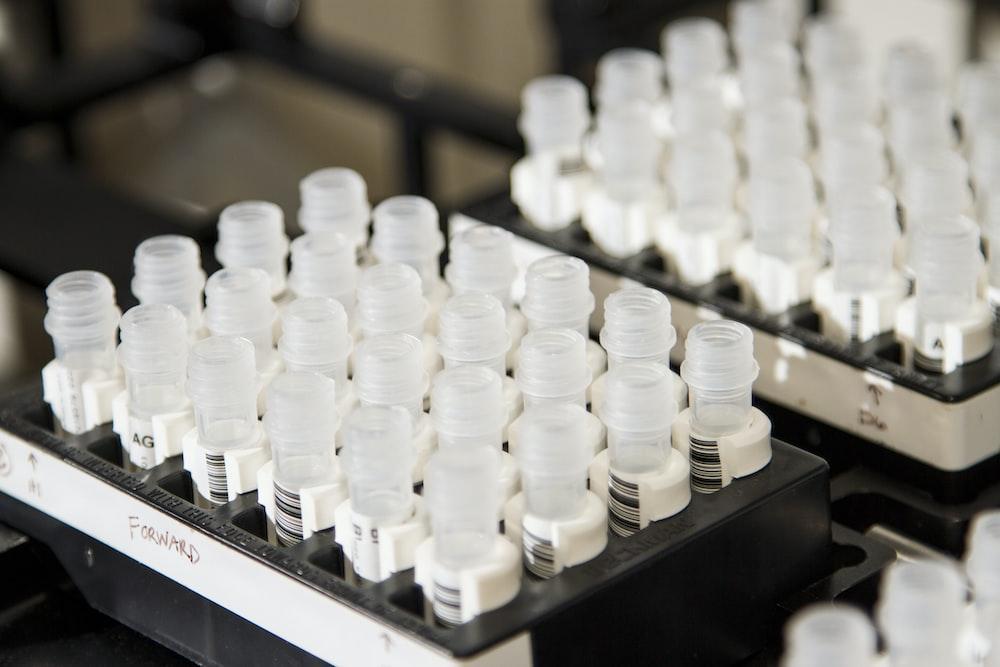
Developing techniques and methods for protein purification and DNA synthesis has been essential for much advancement in biotechnology. The field has benefited from solid-phase peptide synthesis, Monoclonal antibody sequencing, and protein manufacturing processes.
The most recent biotechnology advances occur at negligible levels within the cell membranes. In recombinant protein production, researchers modify DNA to shape the capability of living cells into something useful for humans. Biotechnologists achieve this by sequencing the DNA found in nature and manipulating it in test tubes or inside living cells.
DNA sequence information is vital in biotechnology when investigating the functions of genes. It now forms the base of biological research. The technology helps improve protein production services and streamline protein expression and purification services. Since purifying native proteins is challenging, you often fuse affinity purification tags with recombinant protein production services.
Applications of DNA Sequencing In Biotechnology
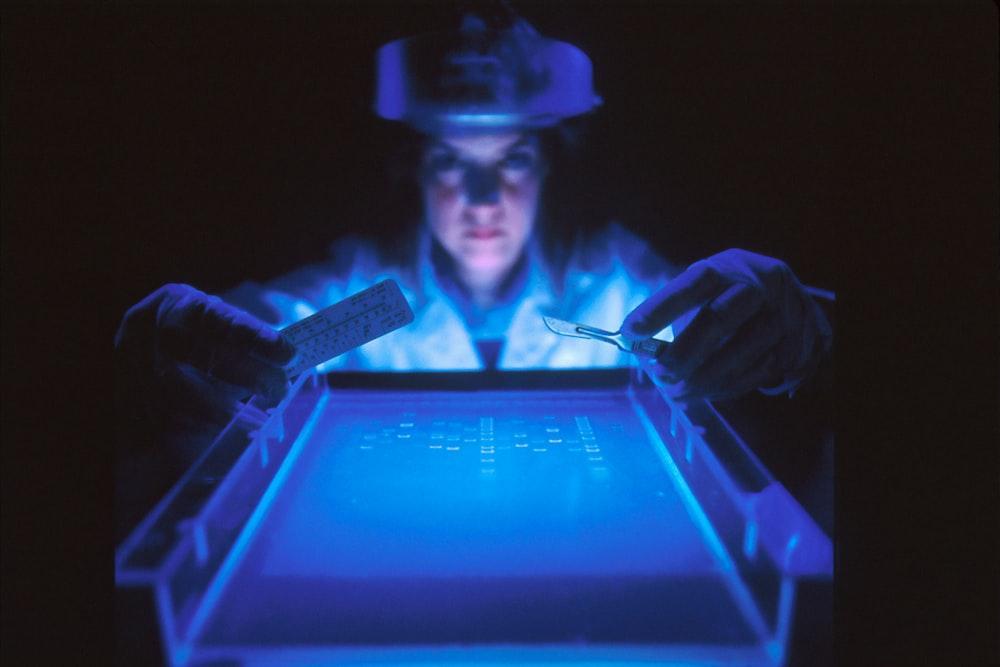
This DNA Sequencing now forms the base of biological research and applies in biotechnology, forensic biology, and medical diagnosis. Researchers in different fields use DNA sequencing to make breakthrough discoveries. Here are the various applications of DNA sequencing in biotechnology.
1. Pharmaceutical Biotechnology
DNA sequencing can help in pharmacogenomics. It's currently used for cancer patients to identify the type of cancer and help determine the correct medication. High throughput sequencing has played an essential role in understanding tumors and cancers. Knowing a tumor or cancer allows doctors to make an informed diagnostic decision.
Scientists have demonstrated that cancer growths vary in terms of their mutational landscapes. This can help doctors understand the treatment options ideal for each patient. They can avoid conditioning steps during a protein manufacturing process by choosing the optimal antibody sequencing services.
This process examines how a person's genome variation affects their response to the medicine. The information can help determine the best drug for the best outcome for a patient. Pharmaceutical companies are designing new anti-cancer drugs to help people with specific DNA mutations. They use the technology to study cancer micro-environment, elucidate gene expression patterns and get insights into drug resistance.
2. Forensic biotechnology
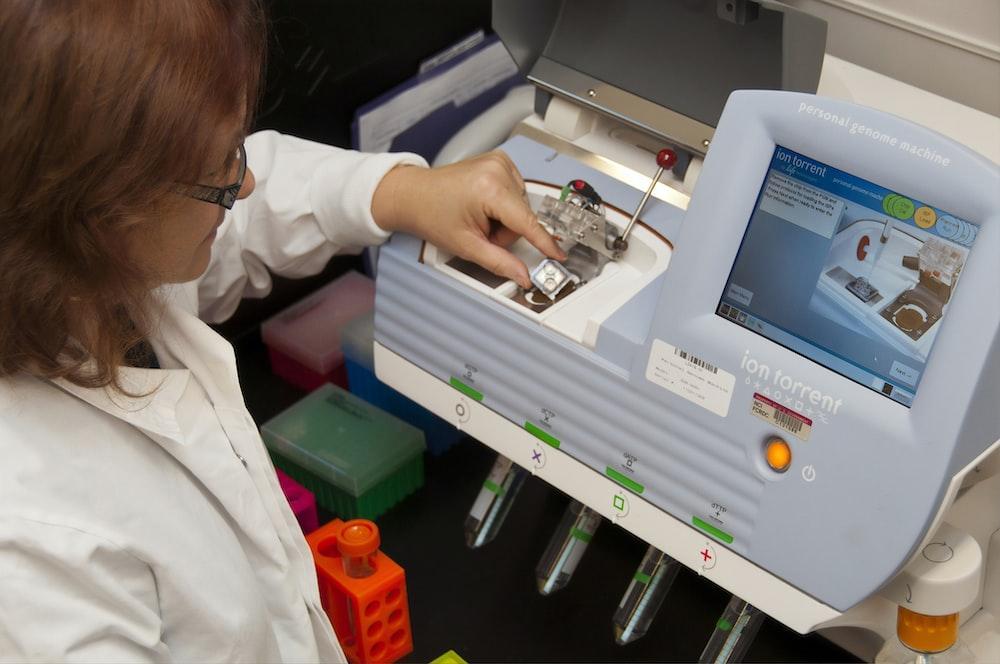
Image source:
https://unsplash.com/photos/VMFrQvH7bso
Forensic science entails applying scientific knowledge and methodology to criminal investigations. An essential aspect of modern forensics involves using DNA profiling or fingerprinting.
DNA sequencing is used in forensics due to the ability to use low DNA concentration to obtain reliable sequence readings. Since a crime scene contains genetic material from several people, the potential of the sequence of DNA within a sample is attractive.
High-throughput sequencing is slowly being integrated into many forensic labs to identify individuals. The continuous advancement of biotechnology allows forensic scientists to sequence a person's exome after death to determine the cause. This is mainly applied when the death happens due to poisoning to show changes to the exome in the affected organs. DNA sequencing can also help determine whether the deceased had a pre-existing genetic predisposition.
3. Medical biotechnology
DNA is applied in the medical field to create vaccines that stimulate immunity. DNA sequencing is beneficial in identifying the cause of rare genetic disorders. With many diseases associated with Mendelian inheritance patterns, some are linked to a specific gene or mutation.
DNA sequencing makes it possible to identify the causal alleles for many inherited disorders. Scientists can sequence the genome of a severe form of inflammatory bowel disease and connect it to a mutation in a gene associated with inflammation.
Integrating biotechnology into medicine has revolutionized the diagnosis of diseases caused by genetic factors. For example, scientists use a new ultra-rapid genome sequencing approach to diagnose a rare genetic disease. DNA sequencing enabled doctors to track the 2014 Ebola epidemic in real-time.
Gene sequencing in medical technology helps develop gene therapy. This type of treatment can replace defective genes in some genetic disorders. DNA sequencing can also open a path to more personalized medicine that allows scientists to examine how patients respond to drugs depending on their genetic profiles.
4. Microbiology technology
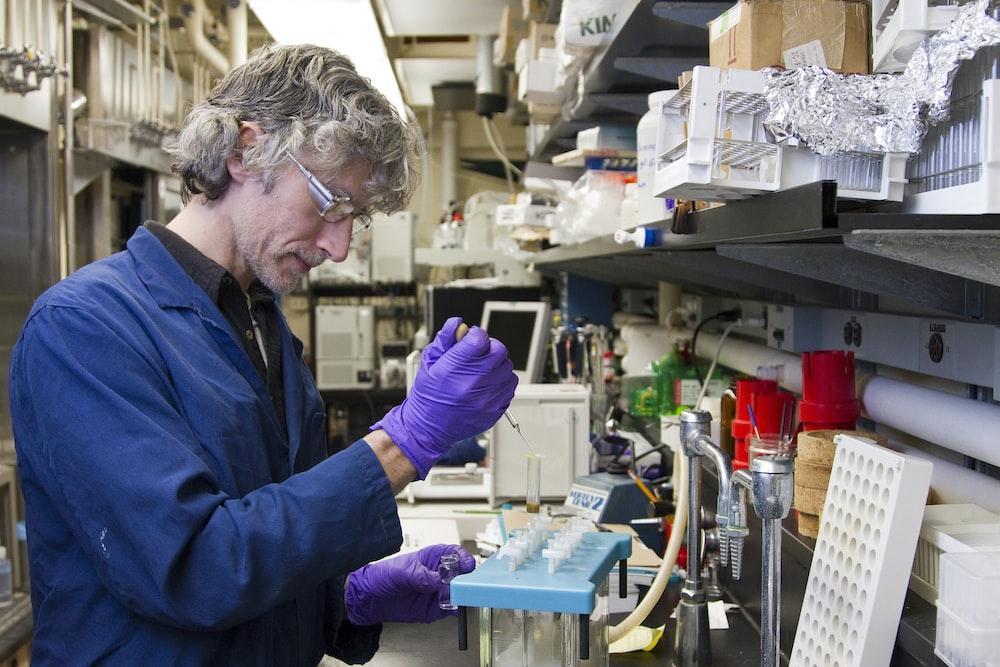
Image source:
https://unsplash.com/photos/DYQfoftWGXw
Microbiology genome analysis relies on DNA sequencing technology. It's an integral part of most biological laboratories when verifying the results of cloning exercises to understand the effect of particular genes. Researchers are using their high-throughput sequences technology to study variations in the genetic composition of bacteria, yeast, and even mammals.
DNA sequencing gives an insight into the regulatory elements within the genome of a cell and variations in the activity in different cell types. For example, some genes are permanently turned off in some tissues while others are constitutively expressed. You can see the difference in regulatory regions of DNA through sequencing to get an insight into the basis for a phenotype.
DNA polymorphism helps understand microbial genetic specificity in protein expression techniques. Individual laboratories study structural variations in the human genome to understand DNA polymorphism. This microbial genome shows sequence differences or polymorphisms.
What was the role of DNA sequencing in the COVID-19 pandemic?
Researchers used the gene sequencing method to identify the complete genome sequence of COVID-19. This followed antibody production steps on how to make polyclonal antibodies. They used the technology to compare the genomes of severely and mildly ill COVID-19 patients to uncover genetic factors associated with susceptibility. The genome research helped explain why some patients with COVID-19 experienced mild infection while others required intensive care.
The research comprised massive viral genome studies and sequencing programs helping to understand COVID-19. It includes an adaptive antibody production service that happens after an antigen binds to the B-cell receptor of B2 Lymphocytes. During protein production service, several factors affect its success. Some factors will influence the optimization of antibody specificity, antibody sensitivity, and antibody validation.
Progression of Sequencing Technology
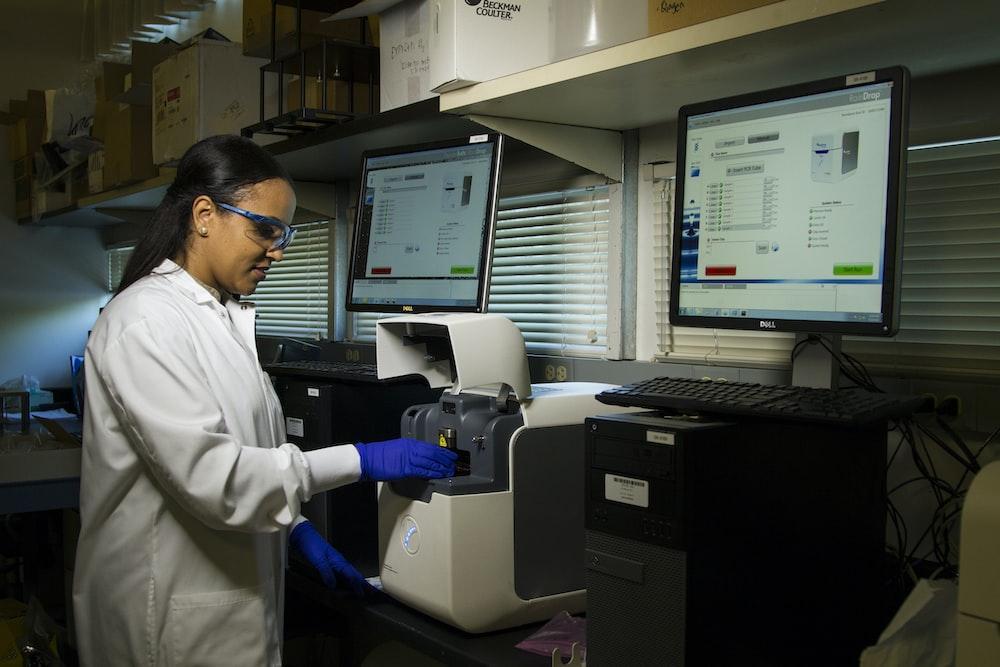
Image source:
https://unsplash.com/photos/82BHTkmkDfU
Genomics is a relatively new field, with the first DNA sequence obtained in 1970. Recently, there have been noteworthy advancements in technology available for DNA sequencing techniques. It comprises several techniques like polyclonal antibody production, immunization, protein expression and purification services. DNA synthesis is incorporated in molecular biology during genetic engineering for custom antibody services.
1. Fluorescence-based sequencing
These methods are introduced to increase the speed and ease of research. Technological improvement has corresponded to an increase in the sequencing rate and accelerated growth in related research. As a result, it has made it possible to sequence the human genome alongside other animal and plant species.
2. Whole genome sequencing
This is the process of simultaneously determining a complete DNA sequence of an organism's genome. It entails sequencing all chromosomal DNA and the DNA contained in mitochondria. Genome-wide DNA sequencing is a new technology that improves how to find a genetic variant that causes single gene disorders. It can be applied in monoclonal antibody sequencing during protein synthesis.
Genome sequencing allows scientists to see the complete DNA makeup of an individual, which contains all their biological information. For example, scientists can use genome sequencing to determine inherited diseases. It is crucial in diagnosing patients with diseases rooted in the DNA, which helps tailor treatment accordingly.
During genome sequencing, scientists remove high-quality DNA from an organism. They use several kits and protocols to extract clean and efficient genomic DNA. You can also learn how to do an Elisa test using kits from Elisa kit manufacturers to optimize antibody production services.
Present and Future Sequencing Technology
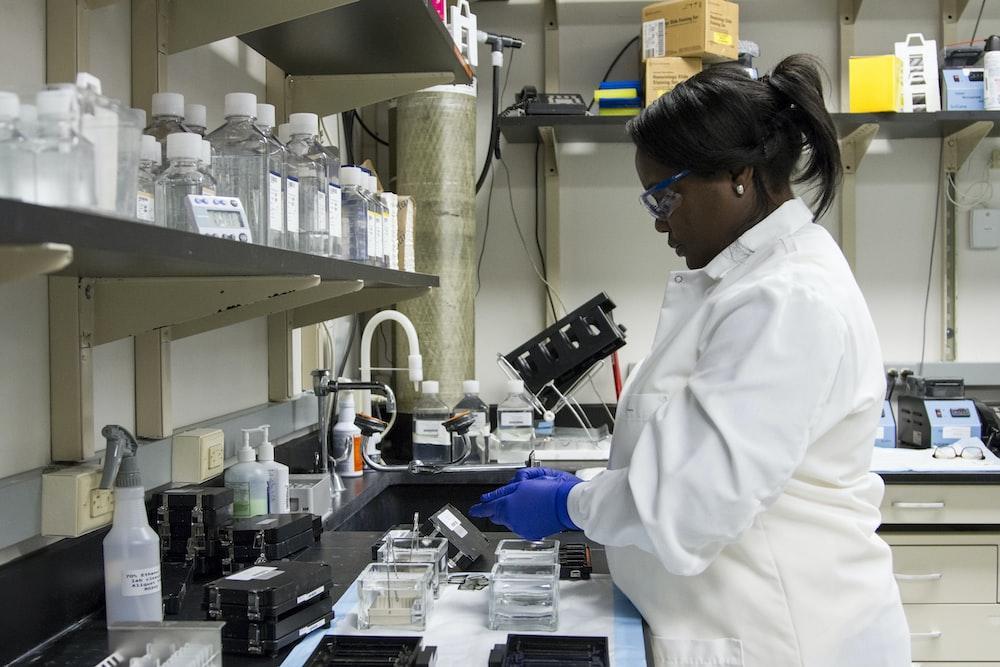
Image source:
https://unsplash.com/photos/aelk4Tn0vlI
Technological advancement has made it possible for fast diagnosis. This fast diagnosis means patients spend less time in critical care units and require fewer tests without sacrificing accuracy. The Elisa kits provide a quicker and easy workflow, enabling the generation of sequence-ready libraries in less time.
Today, several methods and technologies help in the process of DNA sequencing. Some advanced laboratories can sequence up to 100,000 billion nucleotide bases per year. The custom antibody cost, as well as the cost of DNA sequencing, has significantly reduced. Today, an entire genome can only cost a few thousand dollars.
The future of biotechnology and DNA synthesis is bright, with new methods emerging. For example, new methods use nanopores to sequence DNA by threading single DNA strands through nanopores in a cell membrane. Gene synthesis companies can have high-quality SOPs and assurance controls for DNA sequencing.
Bottom Line
Knowing sequencing and its application in biotechnology is essential. As a diagnostic tool for the general practitioner, DNA sequencing remains a possibility for the future. This has made it a simple research tool that can help in recombinant protein production. The breakthroughs that DNA sequencing has enabled increasingly supported the medical and healthcare industry. It has opened opportunities for E. coli protein aggression when using the E. coli expression system in the protein expression service.
DNA sequencing costs have dropped since the publication of a complete human genome. Technological advancements also influence lower costs. The advancement in biotechnology means gene synthesis companies can perform DNA sequencing for different purposes. Several factors affect custom gene synthesis. You must understand recombinant protein and custom protein production during the manufacturing process.

